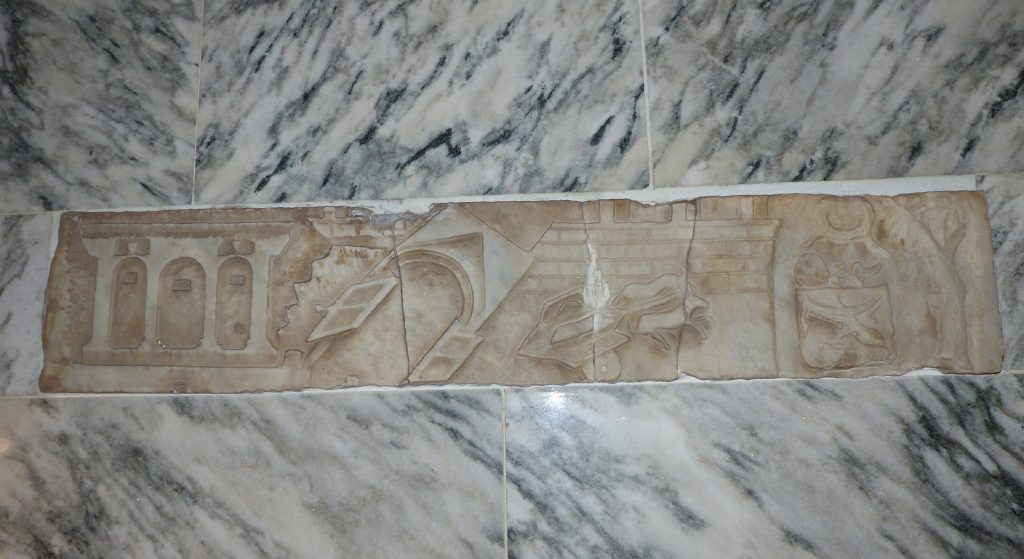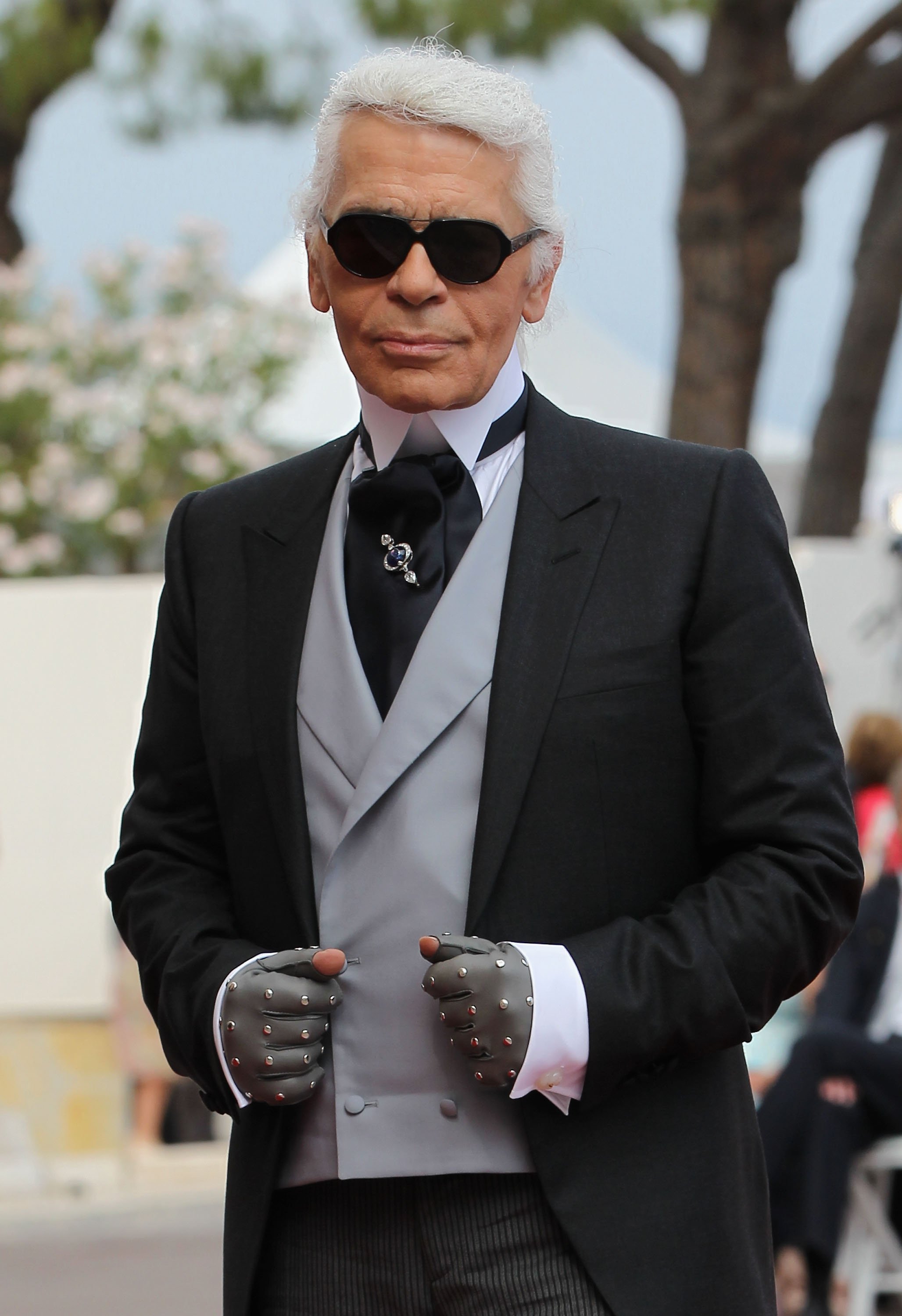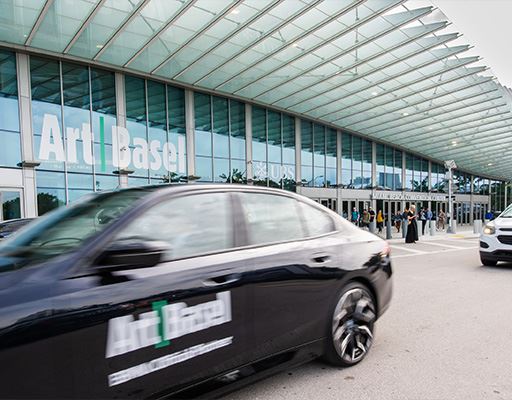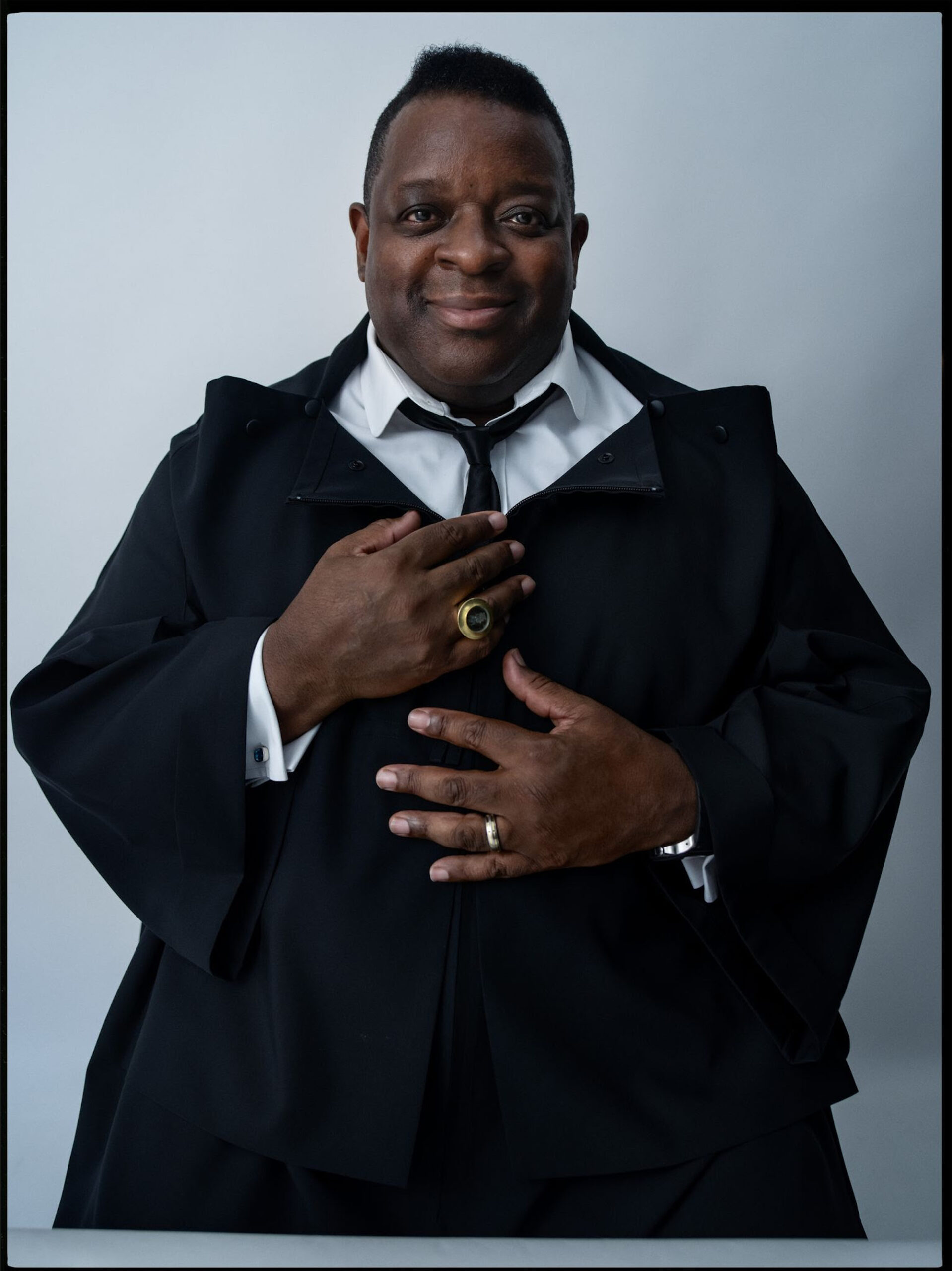The Dragon is the Frame
2014 - Film & Video (Film & Video)
14:00 minutes
Mary Helena Clark
The Dragon is the Frame by Mary Helena Clark is an elegy that is somewhat paradoxically organized as a film noir or murder mystery, one that pays direct homage to Hitchcock’s Vertigo . But the parts don’t fit, and it is only in the eventual recognition of this faux raccord that Clark’s higher purpose becomes apparent. As we hear Bernard Herrmann’s score, we see the Golden Gate Bridge, Mission Dolores, and other Vertigo locations in the present day. But they are only fragments, and Clark pays particular attention to their details, like the rivets and suspension cables on the bridge. We also see close-up details of women’s fashion, such as an entire screen filled with an undulating hounds-tooth pattern, and several scenes superimposed with broad bands of sequins, a dress that recalls those displayed in Kenneth Anger’s masterpiece Puce Moment. In the midst of these elusive (and allusive) shards of memory, Clark provides images of her actual subject: Mark Aguhar, the late transgender/race activist whose assertions of brown-femme pride in her Tumblr blog and art exhibitions provided inspiration to so many, not just the “gurls” who were her target audience. Clark’s tribute is a reckoning with the fact that, despite Aguhar’s messages of body-positivity and self-worth, she took her own life at age 24. By invoking Vertigo and adopting the outward framing and organization of a detective story, Clark problematizes the “verdict” of suicide, implicitly indicting the white heteronormative psychosis embodied in Hitchcock’s film as Aguhar’s killer. (Aguhar’s own words: “It’s that thing where you grew up learning to hate every aspect of yourself and unlearning all that misery is really hard to do.”) In this regard, The Dragon is the Frame —which takes its title from one of Aguhar’s exhibits—pays homage to an activist and pioneer, celebrating Aguhar’s beauty and power. But it is also a reminder of the difficulty in being a gender outlaw in a society intent on throwing you away.
Mary Helena Clark is an artist working in film, video, and installation. Her work uses the language of collage, often bringing together disparate subjects and styles that suggest an exterior logic or code, to explore dissociative states through cinema. s films explore invented spaces and hyperreal landscapes. She manipulates visual and sonic fields to mysterious effect, with fractured slices of sound and image serving as clues to narratives that are just out of reach. Working with quotation, the materiality of film, and incongruous sound/image relationships, Clark’s recent work explores shifting subjectivities and the limits of the embodied camera. Her films encompass a wide range of techniques including collage, performance, and direct observations of the natural world. Their subtle nature invites viewers to collaborate in seeking out meaning from mysteries that have been forged from a diversity of elements.
Colors:
Related works sharing similar palette

© » DIANE PERNET
Dutch Emerging: Ruben Janssen X GRA Fashion Bachelor 2023 – A Shaded View on Fashion From the back to the middle and around again — Ria’s wedding dress, Alan’s patterns and John’s model: ‘My project is an investigation into evolution, explored through prisms of biology, computation and a poetic personal narrative, shifting between timescales on an evolutionary timeline...

© » KADIST
Mikhael Subotzky
2006At the halfway point along South Africa’s Highway N1, running from Cape Town to Johannesburg, sits the small town of Beaufort West...

© » KADIST
Cally Spooner
2016The installation Self Tracking (the five stages of grief) was realized from a performance that is to be re-activated...

© » KADIST
Jonathan Monk
2003Untitled (rolled up) , is an abstract portrait of Owen Monk, the artist’s father and features an aluminum ring of 56.6 cm in diameter measuring 1.77 cm in circumference, the size of his father...

© » KADIST
Tacita Dean
2001The photographic quality of the film Baobab is not only the result of a highly sophisticated use of black and white and light, but also of the way in which each tree is characterized as an individual, creating in the end a series of portraits...

© » KADIST
Stan Douglas
1997Michigan Central Station is part of a larger photographic series, Detroit Photos , which includes images of houses, theaters, stadiums, offices, and other municipal structures...

© » KADIST
Charles Lim
2014In SEA STATE 6 Charles Lim takes the viewer down the Jurong Rock Caverns in Singapore, a massive underground infrastructure for oil and fuel storage, built to support the commercial operations of oil traders, petrochemical ventures and manufacturing industries in the area...
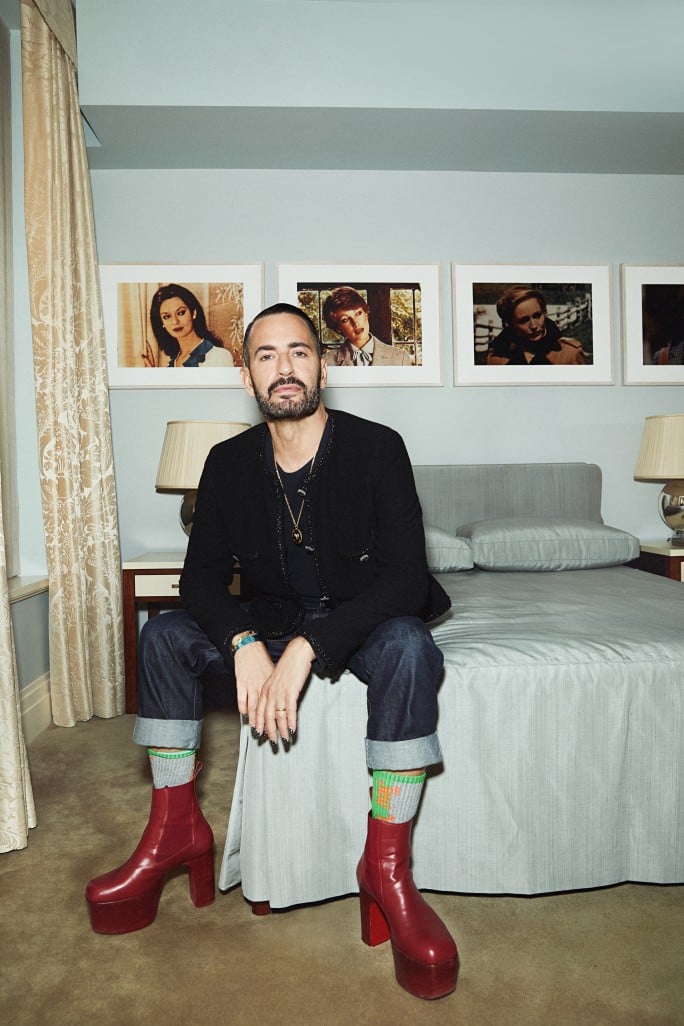
© » LARRY'S LIST
Ed Ruscha
The fashion designer is selling off all the art inside his West Village townhouse at Sotheby’s New York to make way for a new collection....
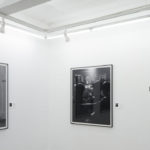
© » ARTS EQUATOR
The photographer capturing the eerie illustrations of Thai legend Hem Vejakorn (via SEA Globe) | ArtsEquator Thinking and Talking about Arts and Culture in Southeast Asia Articles September 21, 2018 Photographer Pattana Chuenmana has reimagined the illustrations of Hem Vejakorn, a well-known Thai artist and writer, in moving black-and-white still images...

© » KADIST
Yang Guangnan
2011Itch explores the relationship between technology and daily human experience with a motorized arm that extends from within the gallery’s wall, moving up and down while holding a projector that shows a desperately scratching pair of hands....
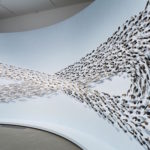
© » ARTS EQUATOR
Solid are the Winds: Aeolian Encounters at The 9th Asia Pacific Triennial (Part I) | ArtsEquator Thinking and Talking about Arts and Culture in Southeast Asia Articles Natasha Harth for QAGOMA untitled (giran) (2018), Jonathan Jones in collaboration with Dr Uncle Stan Grant Snr AM January 10, 2019 By Marcus Yee (1259 words, five-minute read) This is the first of a two-part essay on the 9th Asia Pacific Triennial running at the Queensland Art Gallery, Brisbane, Australia, from 24 November 2018 to 28 April 2019...

© » KADIST
Elizabeth McAlpine
2005Elizabeth McAlpine’s work frequently deals with time based issues as well as the experience of watching...

